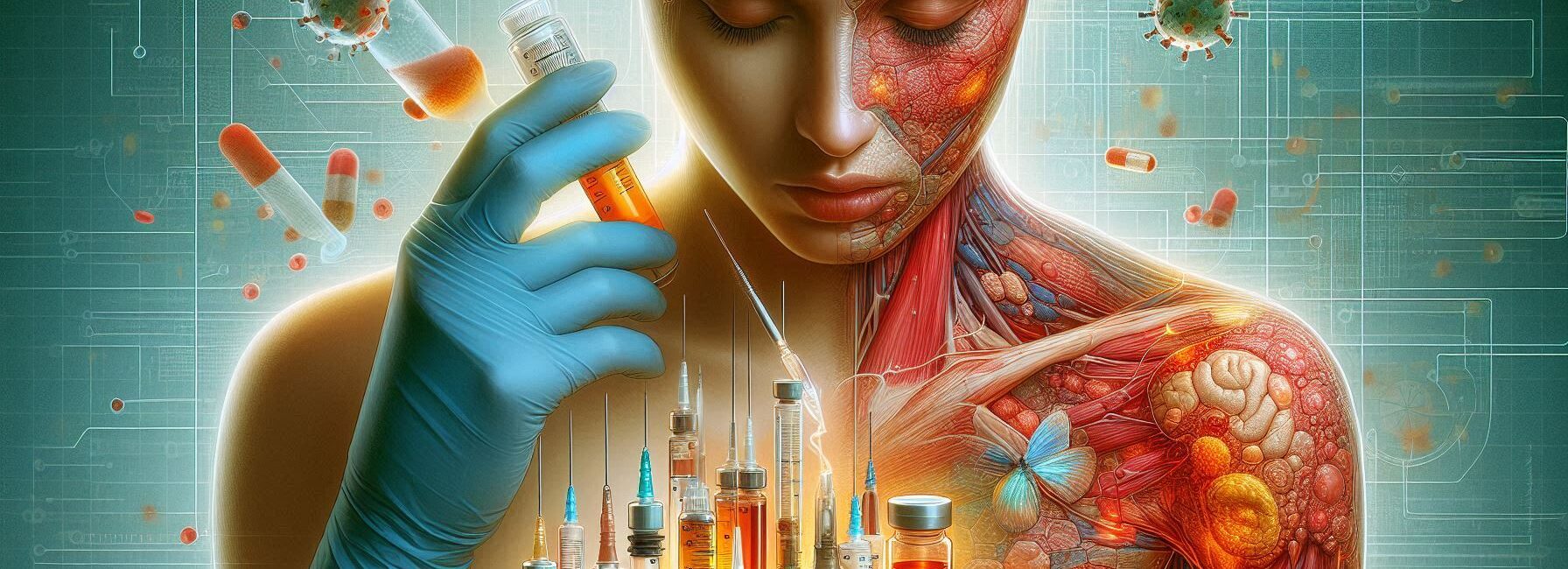Please Note: This post may contain affiliate links. If you click one of them, we may receive a commission at no extra cost to you. As an Amazon Associate, I earn from qualifying purchases.
Last Updated on November 2, 2025 by Kevin Collier
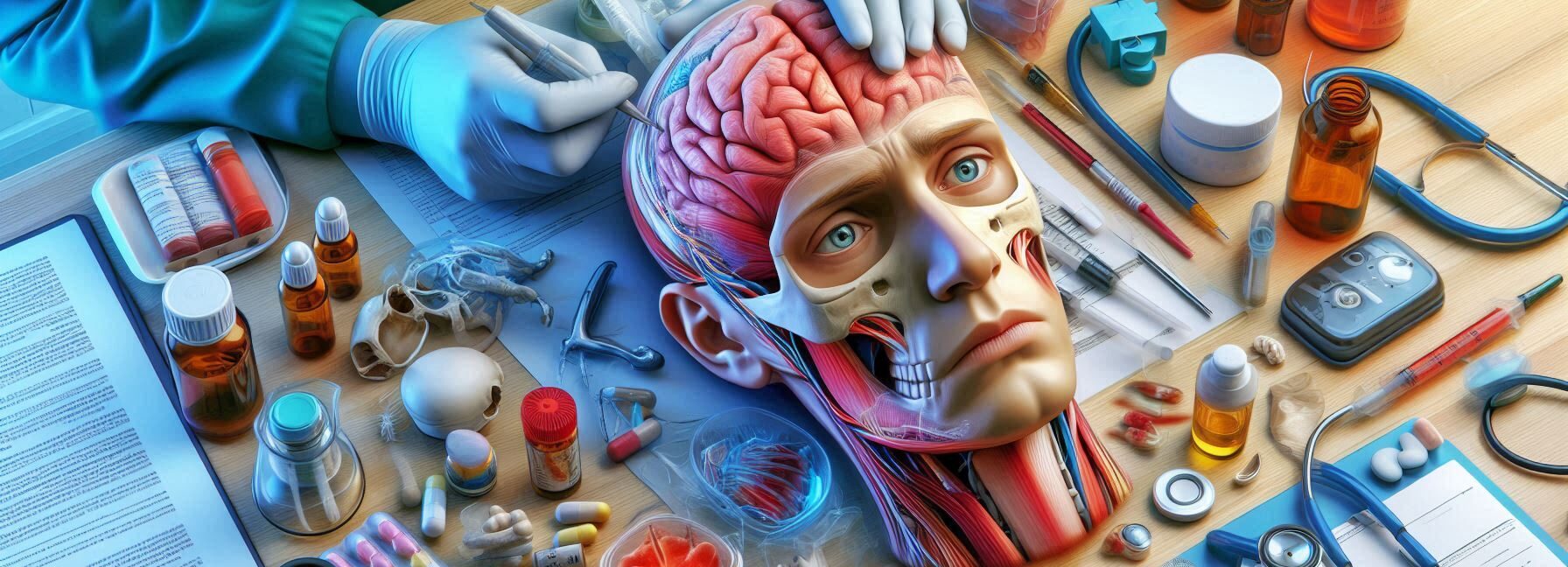
Top Takeaways and Key Concepts
- Keep a basic first-aid kit with bandages, antiseptic wipes, and instructions.
- Treat cuts by washing, applying antibiotic ointment, and covering with a bandage
Emergencies in medicine You certainly know how to ruin a party, don't you? You were just drinking coffee and resting, and then—bam! Something happens that makes your heart beat faster. It can be really scary. But don't worry! You can do this.
You can manage these circumstances like an expert if you have the correct tools and follow some basic advice. Picture your imaginary first-aid kit next to you, ready to go.
Let's go over the essentials. It's not unusual to have cuts and scrapes. Someone might fall and scrape their knee. Get some clean water, wash the cut gently, and put a bandage over it. Simple as pie! It's like wrapping a cold puppy in a warm blanket.
What about burns? Ouch! They can happen when you're cooking. It can help to run cold water over the burn. It makes it cooler and feels good. You can use some aloe vera afterward. Just think of it as a little pampering for your skin.
People might faint sometimes. It can be really scary. Don't freak out if you see someone fall. Check to see if they're safe. Put them down and raise their legs. This helps get blood to their head. It's like giving their body a tiny lift.
After that, there's choking. Oh man, that's not enjoyable. It's bad if someone is holding their throat and can't talk. The Heimlich maneuver might assist. You or someone else can deliver a strong push immediately below the ribs. It's like a soft hug to help you get the food out.
These few tricks can really help. You will have more control. Just relax and breathe. The key is to be calm and attentive.
You're not the only one who feels this way. It's also helpful to have a modest first-aid kit on hand. A few band-aids, some antiseptic wipes, and maybe even a small book with advice. You feel like you have a best friend by your side.
So, be prepared and sure of yourself! You can manage anything that comes your way. If you know what to do, unwelcome guests can't ruin your day. Celebrate those little wins. Every little thing helps!
*** Shop for Survival Gear - Tools - Kits ***
Survival Gear - Bags and Backpacks - Knives - Boots/Footwear - Communication
Outdoor Cooking - Gloves - Hydration - Dry Boxes - Water Filtration Systems
Tents - Sleeping Bags - First Aid Kits - Multi-Tools - Flashlights - Fire Starters
Navigation - Survival Food - Night Vision - Headlamps - Stun Guns - Binoculars
Recognizing the Signs of Shock
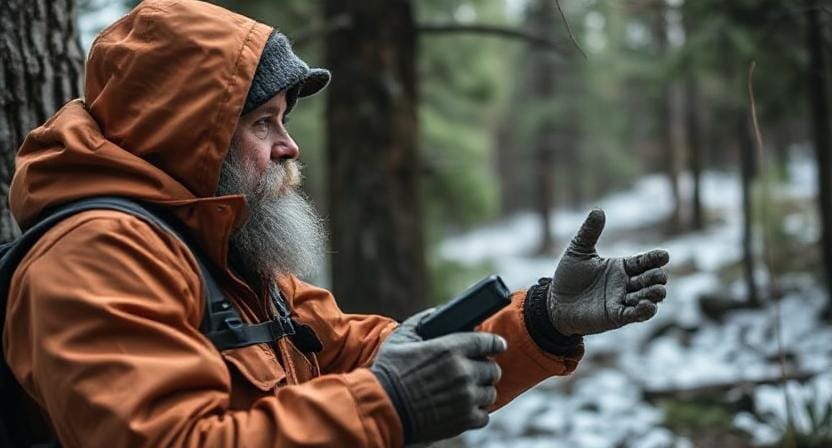
First, let's talk about shock. Not the kind that happens when you realize you've eaten a whole pizza by yourself, but that may count too.
Medical shock is a serious condition in which the body doesn't get adequate blood flow, which can cause organs to fail. It sounds like a lot, right? Yes, it can be!
So how can you tell if someone is in shock? Look for signs like pale complexion, a fast heartbeat, or confusion—anything that makes someone seem unhappy with life. You might even see someone who is cold and clammy even though they are in a warm place. That's simply rude, in my opinion.
It's time to do something if you encounter these signs! If you can, lay the person down and raise their legs. This can allow blood flow back to their heart instead of pooling around their feet.
How to Handle Cuts and Scrapes Like a Pro
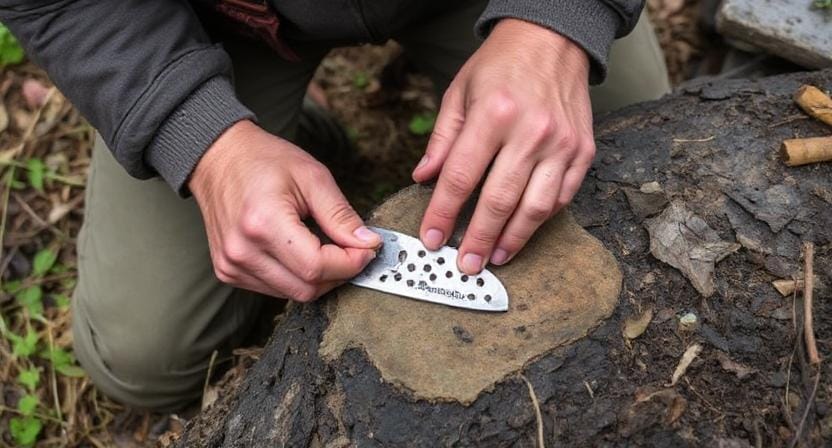
Next: cuts and scratches! These are the typical injuries that say, “I've been on an adventure!” You might get them from hiking through thorny bushes or trying to show off your knife skills to your pals while camping (don't do this at home). Knowing how to treat them well will save you a lot of trouble later.
To begin, wash the wound gently with flowing water. Now is not the time for a heavy-duty scrub brush! After washing away dirt and grime, use a clean cloth to dry it off. Then put an antibiotic ointment on it because who doesn't want their wound to be treated like a king or queen?
Put a bandage over it to keep germs out. And don't forget: if you see a lot of blood or deep cuts that seem like something out of a horror movie, get treatment right once.
How to Handle Burns: It's Not Just Hot Air
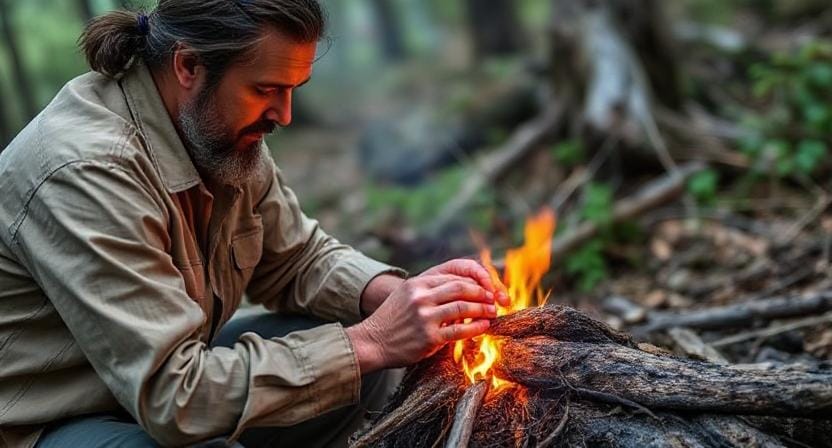
Burns are the worst thing that can happen to anyone who has ever tried to cook over an open flame or accidently touched anything hot while reaching for s'mores supplies. There are many levels of burns, from moderate sunburns (thanks again, summer) to serious burns that need to be treated right away.
If you get a little burn from a campfire accident or from touching that extremely hot grill lid (you know what I'm talking about), cool it down under running water for 10 to 15 minutes. That's longer than most people can stand waiting in line at the DMV!
Don't put ice straight on the burn; it's like asking for more difficulty instead of fixing it. After it has cooled down, lightly cover it with non-stick gauze and don't pop any blisters. You'll be glad you did when you don't have to deal with infections!
Finding the Sneaky Culprits of Allergic Reactions
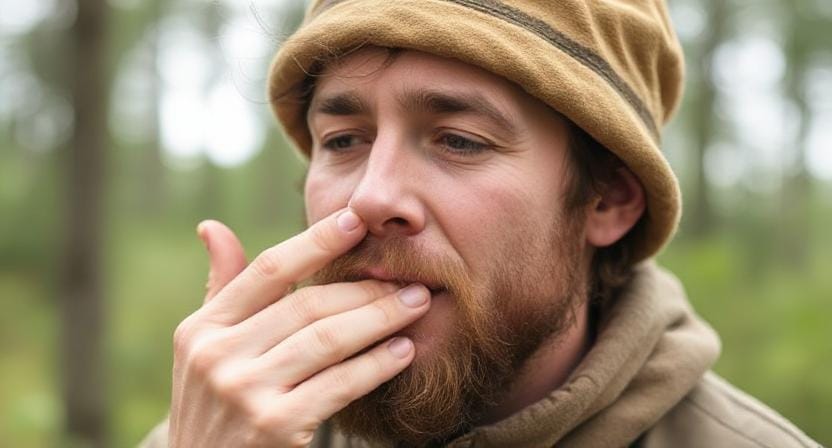
Imagine going outside to enjoy nature, only to have your picnic meal turn into a nightmare because of allergies you didn't know you had. Anyone can have an allergic reaction without notice, just like that cousin who pops up out of the blue after years of not talking!
Common symptoms include hives (not just the trendy ones that everyone wears these days), swelling around the eyes or lips, trouble breathing (absolutely not part of our outdoor fun), or even stomach problems after eating something that looked wonderful but might have been poisonous (looking at you, wild mushrooms!).
Call 911 right away if you think someone is experiencing an allergic reaction, especially if they are having trouble breathing. Keep them calm until help arrives.
Choking: When Food Fights Back
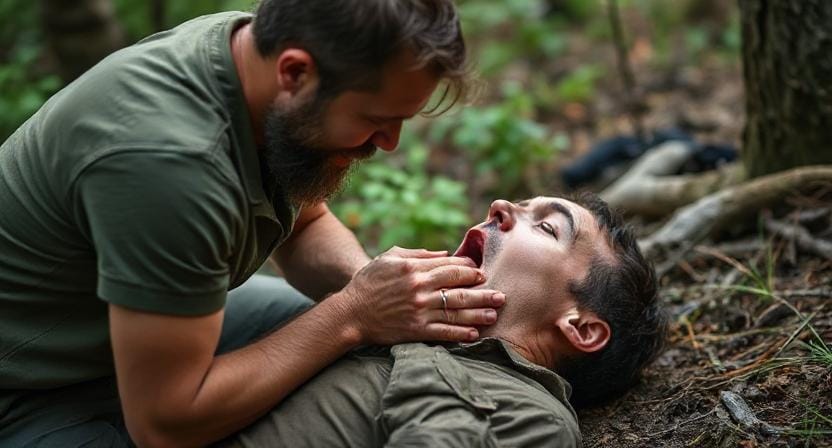
Now let's talk about choking, which is something no one wants to happen at a dinner party unless they want to make people laugh. It happens when someone gets food stuck in their throat faster than my kids can eat dessert.
If someone starts coughing a lot but still seems to be able to breathe quite properly, tell them to keep coughing! This might get rid of the bad thing that's generating difficulties.
But if they can't cough well or become blue like they recently auditioned for Smurf parts, then it's time to do something! Give five forceful blows to the back between the shoulder blades, then five thrusts to the stomach (the Heimlich technique). Remember, we don't want dance moves here; we want moves that work!
Asking for Help When You Need It
Finally, and maybe most crucially, you need to know when to call in reinforcements! Even experienced adventurers need help sometimes. Even Superman had Batman on quick dial!
It's important to call emergency services right away if someone is seriously hurt, as if they are bleeding heavily and the bleeding won't stop after you apply pressure, or if they are unconscious for longer than you'd expect from a toddler who is napping. This is important for both safety and peace of mind.
All things considered, maintaining calm while you look at the issue will go a long way toward keeping everyone safe until aid arrives.
Frequently Asked Questions
What items should a basic emergency first aid kit contain?
A first aid kit should include antiseptic wipes, bandages, antibiotic ointment, and written treatment instructions.
How should minor cuts and scrapes be treated?
Clean the wound with water, apply antibiotic ointment, and cover with a sterile bandage to keep contaminants out.
What is the first step when treating a minor burn?
Immediately cool the burn under cool running water for 10–15 minutes, then cover it lightly with non-stick gauze.
How can you identify possible medical shock?
Watch for pale skin, rapid pulse, confusion, or clamminess; lay the person down and elevate their legs if safe.
What should you do if someone collapses or faints?
Ensure they are safe, lay them flat, elevate their legs, and monitor their breathing while staying calm.
How do you help someone who is choking?
Use firm back blows followed by abdominal thrusts if the person can’t breathe or speak; call emergency services if needed.
When should emergency help be called?
Call immediately if there is severe bleeding, breathing trouble, suspected shock, or loss of consciousness lasting more than a brief moment.
Resources:
American Red Cross First Aid Tips
https://www.redcross.org/get-help/how-to-prepare-for-emergencies/first-aid-app.html
Mayo Clinic – First Aid Basics
https://www.mayoclinic.org/healthy-lifestyle/first-aid/in-depth/first-aid-basics/art-20056673
WebMD – Emergency Care Guide
https://www.webmd.com/a-to-z-guides/emergency-care-guide

Kevin Collier is a seasoned survivalist and expert in prepping and homesteading, contributing to WiseSurvive.com. With a deep-rooted passion for self-sufficiency and outdoor survival skills, Kevin shares practical advice, strategies, and resources to help individuals prepare for any challenge. His informative articles cover a range of topics, from essential survival techniques to sustainable living practices, empowering readers to thrive in any situation. Whether you're a novice or a seasoned prepper, Kevin's insights will inspire you to take charge of your readiness and build resilience for the future.




